The Ho Dynasty Citadel is a unique ancient stone structure in Vietnam. The Ho Dynasty Citadel, also known as the Tay Do Citadel, the Tay Giai Citadel, the An Ton Citadel, is located in the two communes of Vinh Tien and Vinh Long (Vinh Loc district, Thanh Hoa province). It was built by Ho Quy Ly in the late 14th and early 15th centuries. It was the capital of Dai Viet - the Tran Dynasty from (1389-1400) and the capital of Dai Ngu - the Ho Dynasty from (1400-1407).
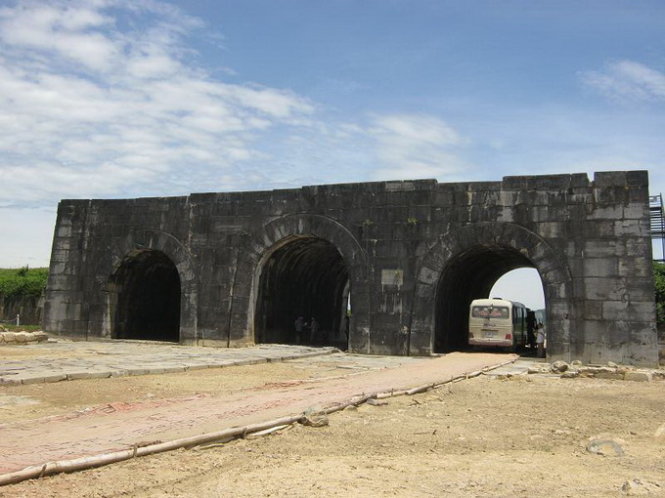 |
South Gate of Ho Dynasty Citadel |
The citadel is nearly square, each side is about 800m long, the wall is 4-6m thick, the base is over 20m wide and the perimeter is over 3.5km. The Ho Dynasty Citadel includes four gates in the four directions of south, north, west, east, also known as the front - back - left - right gates. The four gates are built in the style of arches, the South gate is the main arched gate with three entrances, over 34m long and over 10m high.
The four walls were built of solid stone, creating a majestic and imposing rampart. Each gate opened in the middle. The walls were built with highly skilled stonework. The gates were arranged with large orange-shaped stone slabs.
With two thick, heavy and sturdy doors, shown through the traces left by the holes drilled into the stone and the places where the thresholds were installed. In the past, when closed, when opened, it was by wooden doors with rolling wheels and horizontal bolts. The citadel is located in a rather dangerous terrain, with advantages in military defense, being the center of politics , economy and culture. The location of the citadel is especially dangerous, surrounded by rivers and mountains, which is both strategically significant for defense and promotes the advantages of water and land transportation.
Coming to Thanh Nha Ho, people are most impressed with the unique art of assembling large stone blocks from 10-20 tons, moss green, meticulously carved, square into a solid, sturdy citadel without using any adhesive. However, Thanh Nha Ho still has the common features of the citadel at that time: the citadel is surrounded by a wide and deep moat, the four sides of the wall outside the citadel are strewn with spikes.
The stones used to build the citadel were quarried from An Ton Mountain (Vinh Yen Commune) or Xuan Dai Mountain (Vinh Ninh Commune), then carefully polished and polished to increase the bond between the stone blocks. The stone blocks were stacked more than 10m high, but the most amazing thing was the technique of building the arched door in a gradually sloping shape, curving like a roof. The use of stone to build a massive structure like the Ho Dynasty Citadel was an unprecedented phenomenon in the history of Vietnamese architecture.
The Ho Dynasty Citadel has both the traditional Eastern spirit and the strong mark of a national innovation. In just three months, a very short and urgent time, the Ho Dynasty Citadel was completed. That great citadel wall has gone through six hundred years, through many ups and downs and events, but remains intact until now.
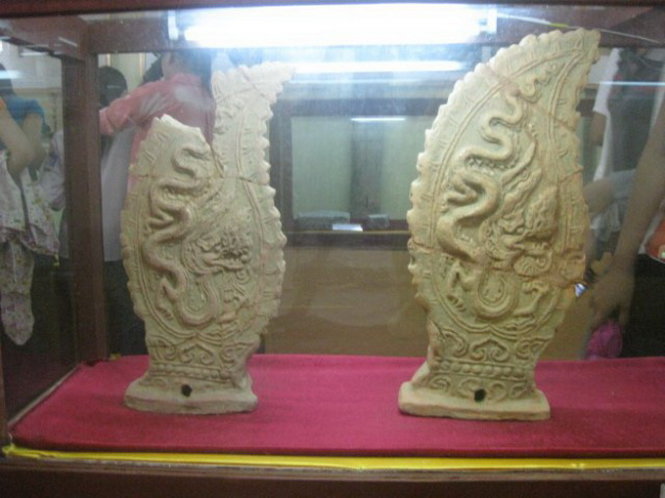 |
| Artifacts excavated at Ho Dynasty Citadel |
We passed through each gate, touched the smooth stone slabs to feel the delicate hands working day and night, sweat and blood soaked into each stone slab, seemingly invisibly becoming a magical adhesive for the unique relic of the nation. When discussing the value of this heritage, Professor - People's Teacher Phan Huy Le, Chairman of the Vietnam Historical Science Association, affirmed: "The Ho Dynasty Citadel is a large-scale imperial architecture, especially the Imperial Citadel and the Nam Giao Altar built of stone are very durable and solid.
The most unique value of the Ho Dynasty Citadel is the citadel built of stone... All of this speaks to a miracle of human beings, the organizational and management talent of the engineers and the creative labor of the laborers, craftsmen in stone making, brick and tile firing, construction and decoration...”. UNESCO experts confirmed that in Southeast Asia there is no royal citadel made of stone like the Ho Dynasty Citadel.
On June 27, 2011, Ho Dynasty Citadel was officially recognized by UNESCO as a World Cultural Heritage. And on the evening of June 16, 2012, Ho Dynasty Citadel officially received the certificate of recognition as a World Cultural Heritage in the pride of Thanh Hoa people in particular and millions of Vietnamese people in general.
Coming to the Ho Dynasty Citadel, visitors cannot miss the Lam Kinh historical relic site - the "golden cradle" of heroic stories, located more than 50km west of the citadel, in Xuan Lam, Tho Xuan district. You will hear the heroic epic of defeating the Ming invaders during the reign of King Le Loi echoing in the remaining relics.
Coming to Lam Kinh, you will enjoy the rich sweet taste of Tu Tru sticky rice cake or Phu Quang Lam tea. Coming to Thanh Nha Ho, you should visit the Fish God stream (Cam Luong commune, Cam Thuy district) to see schools of fish shining silver under the sunlight - a beautiful work of nature.
Source: https://tuoitre.vn/thanh-nha-ho---di-san-van-hoa-the-gioi-531238.htm























![[Photo] Signing of cooperation between ministries, branches and localities of Vietnam and Senegal](https://vphoto.vietnam.vn/thumb/1200x675/vietnam/resource/IMAGE/2025/7/24/6147c654b0ae4f2793188e982e272651)









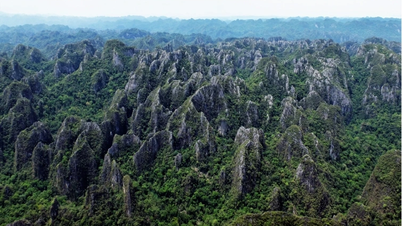



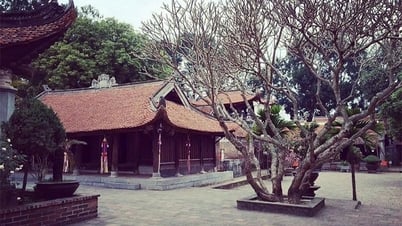



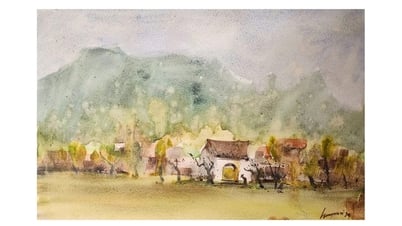



























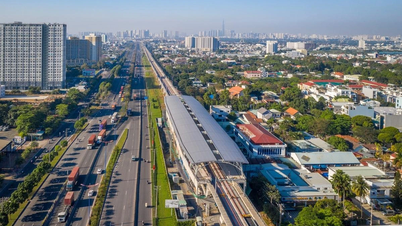






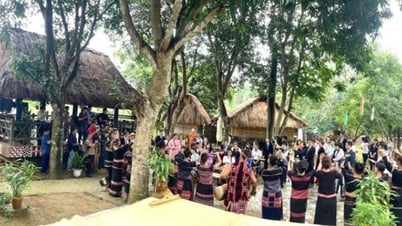






















Comment (0)